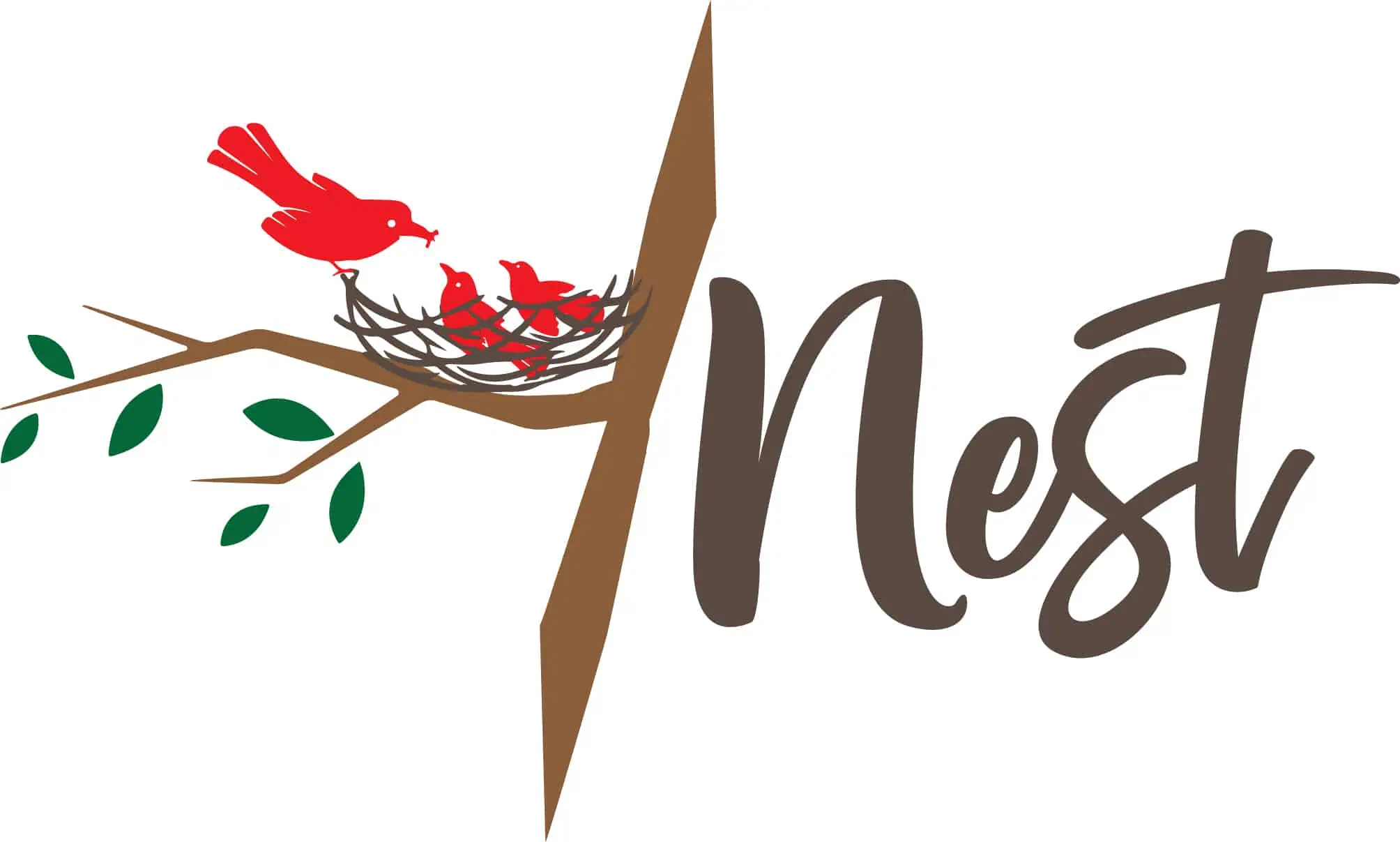NEUROSEQUENTIAL MODEL OF THERAPEUTICS
What is NMT?
The Neurosequential Model of Therapeutics (NMT) is a developmentally informed, biologically-respectful approach to working with at-risk children. NMT is a clinical tool that organises the developmental history and current functioning of a child to inform the clinical decision making and the treatment planning process. The Neurosequential Model is not a specific therapeutic technique or intervention; it is a way to organise a child’s history and current functioning. The goal of this approach is to structure assessment of a child, the articulation of the primary problems, identification of key strengths and the application of interventions (educational, enrichment and therapeutic) in a way that will help family, educators, therapists and related professionals best meet the needs of the child.
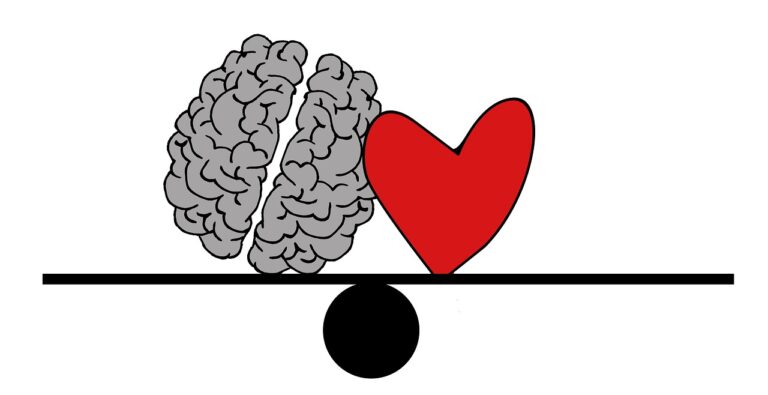
Assessments using the NMT are comprehensive, and the steps include:
- File Review: Collating and reviewing all the information that is available on the child or young person and their historical information
- Caregiver Interviews: The NMT Clinician will need to gather detailed information from significant adults such as parents, foster carers or caseworker
- Finalised Metric: The NMT Clinician collates all the information, and uses the Metric Tool to produce a ‘Brain Map’. This map shows the strengths, and the areas that may be underdeveloped for the child or young person.
- Results and Recommendations: The NMT Clinician reviews the information provided in the NMT Metric, and other relevant information and prepares individualisation recommendations based on the Metric scores.
- Findings and Feedback: The NMT Clinician meets with the caregivers and discusses the results, and recommendations for the future.
- Written Report: The Assessor provides a report providing a summary of the assessment, formulation and recommendations. (Dr Bruce Perry, 2002)
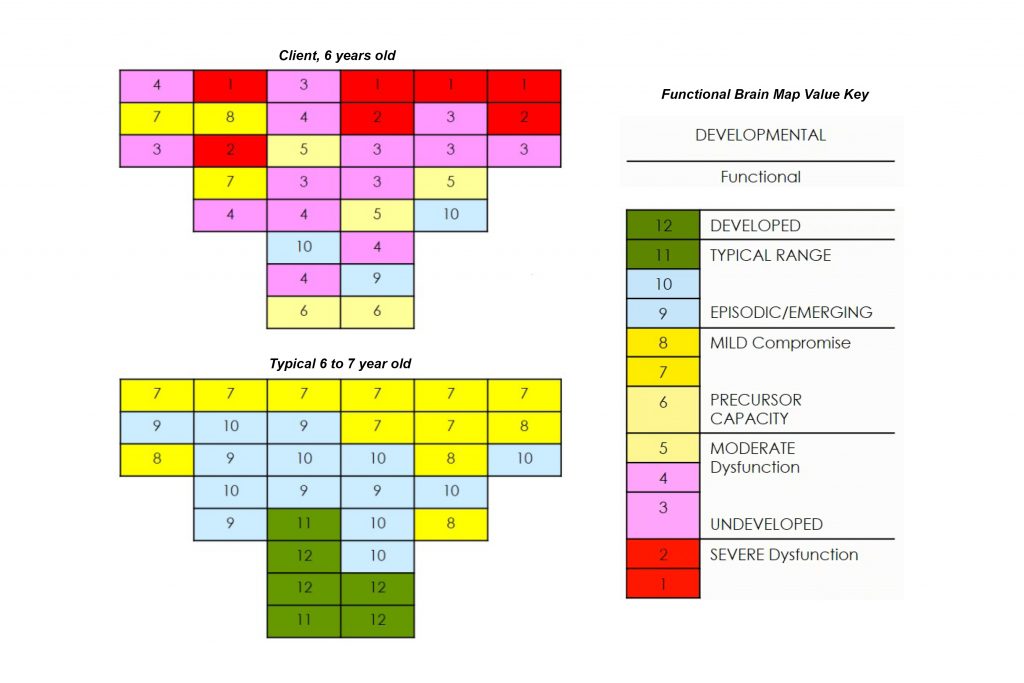
How long does an NMT Initial Assessment take to complete?
Neurosequential Model of Therapeutics (NMT) Initial Assessment is comprehensive and requires time to gather all the information required There are many variables to each individual assessment and the time required, such as the complexities and age of the child. The tasks involved in an initial NMT assessment are as follows: • Interview primary caregivers to gather information regarding current relational health and current functioning • Interview relevant stakeholders/referrer to gather information regarding historical relational health, adverse experiences and current functioning •
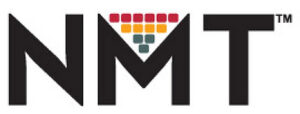
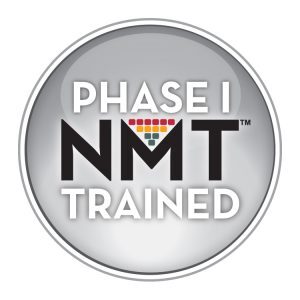
NMT Review
Neurosequential Model of Therapeutics (NMT) Review It is estimated that approximately 2-4 hours will be required for each NMT review. The tasks involved in an NMT review are as follows: • Interview primary caregivers to gather information regarding current relational health and current functioning • Finalised NMT review • One home visit/meeting to provide the NMT findings and recommendations in person to relevant stakeholders
Additional Components:
- Interview with previous caregivers
- Case File Review
- Child Observations
- Administration
- Follow up as required
- Care Team Psychoeducation
Quality Assurance:
- Clinical Supervision
- Child Trauma Academy ongoing training
- Mandatory NMT Fidelity requirements
- Confirmation of reliability and validity of results
- Final review of report and recommendations
